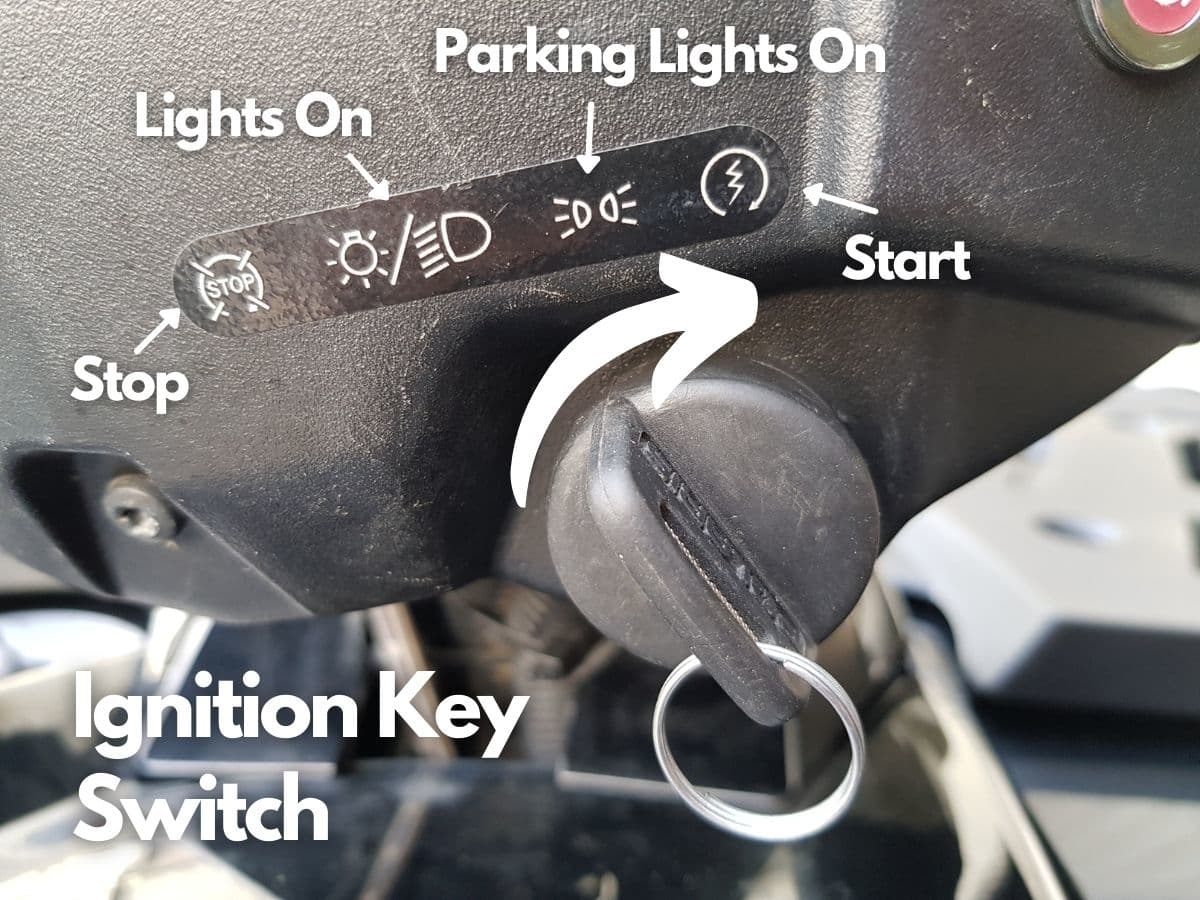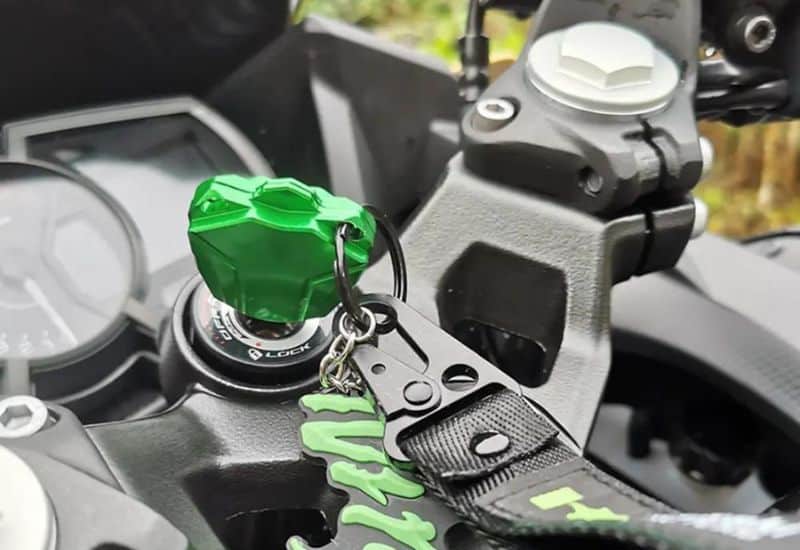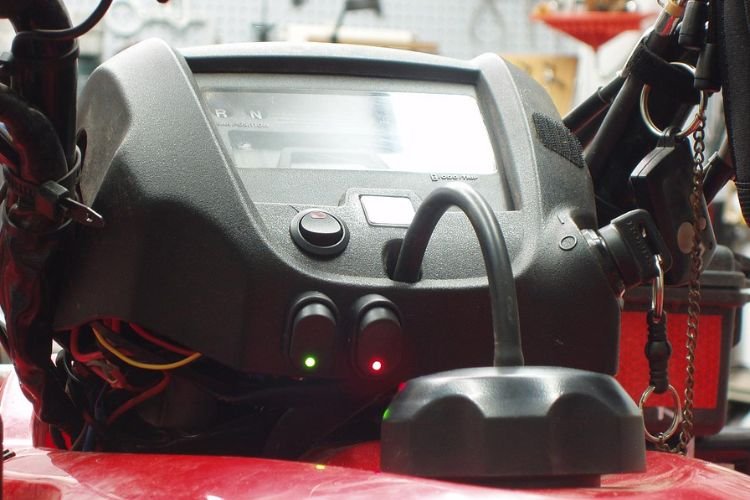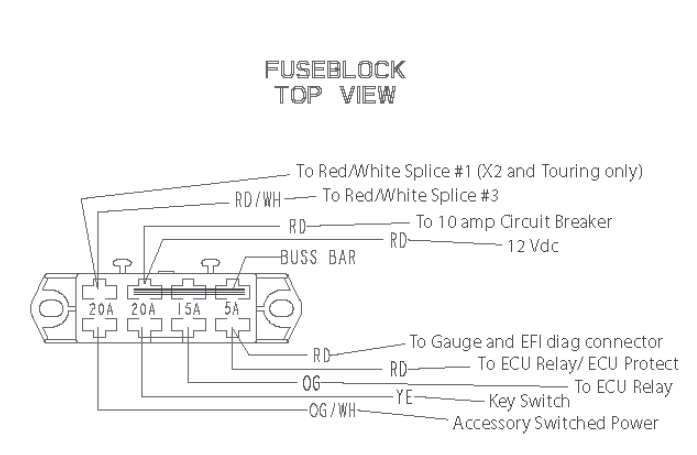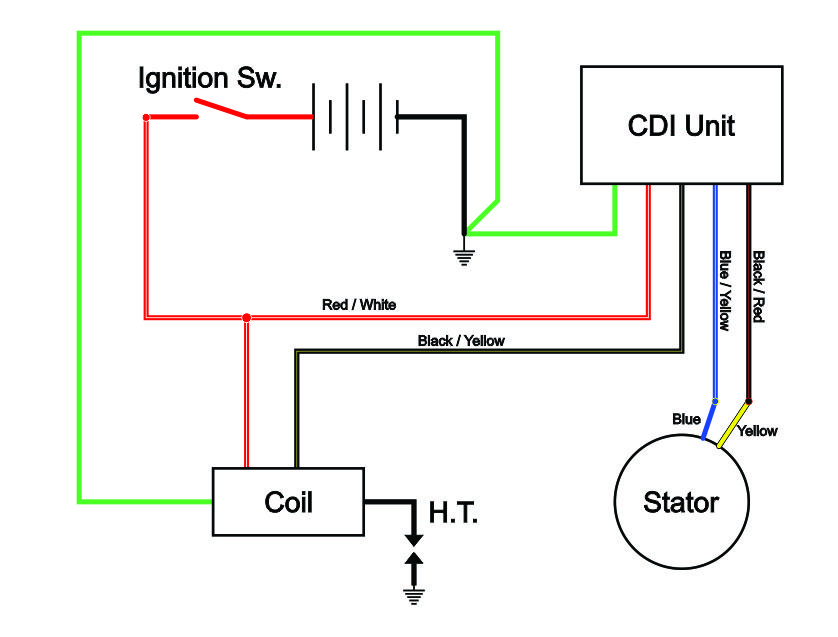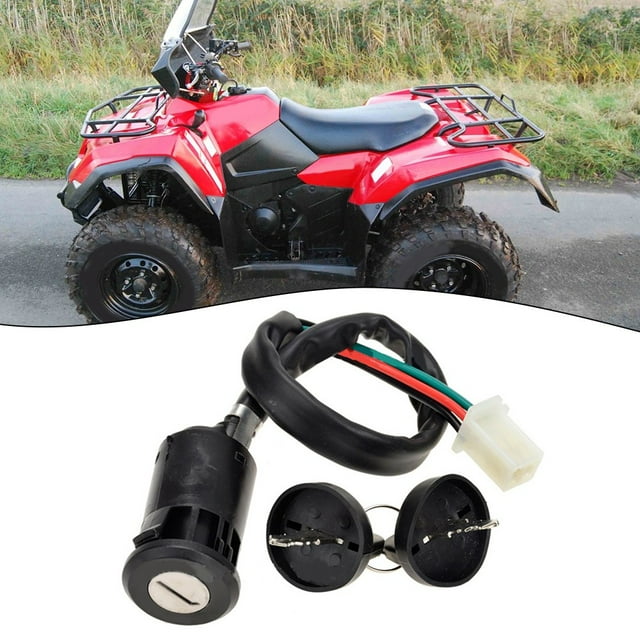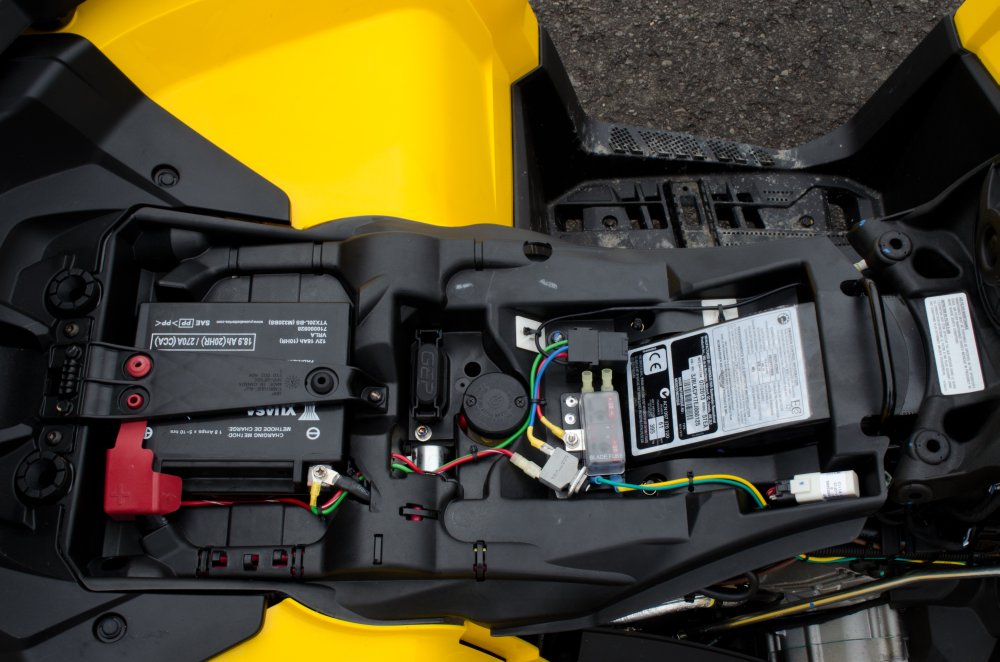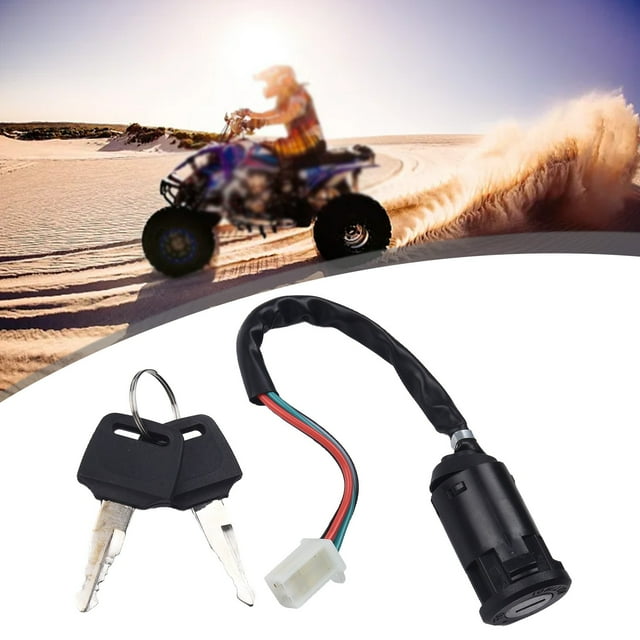Atv No Power When Key Is On
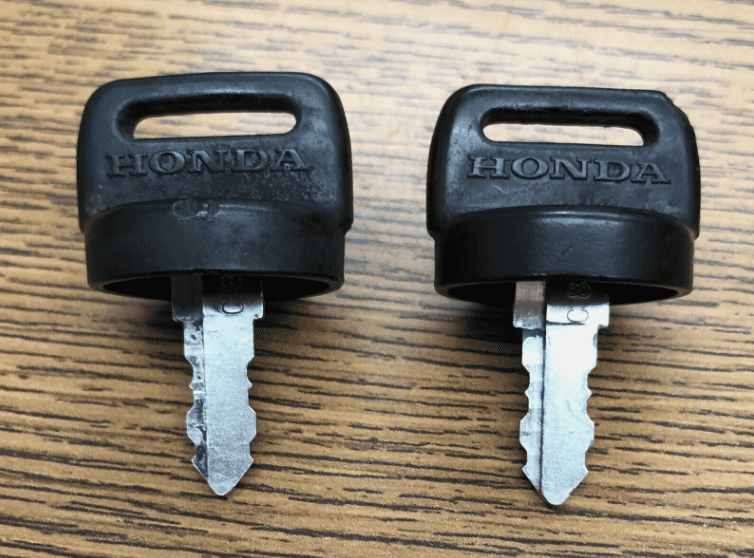
The sudden silence of an ATV, the dashboard dark, the engine refusing to even turn over when the key is engaged, is a frustrating and potentially dangerous scenario faced by off-road enthusiasts and professionals alike. This seemingly simple issue – ATV no power when key is on – can stem from a multitude of causes, ranging from a simple dead battery to more complex electrical system failures.
Understanding the potential culprits behind this common problem is crucial for ATV owners to diagnose and rectify the issue, whether through DIY troubleshooting or professional repair. This article delves into the common causes of an ATV failing to power on, exploring the diagnostic steps, repair options, and preventative measures to ensure a reliable and safe off-road experience.
Understanding the Silent ATV
When an ATV refuses to power on with the key turned, the initial reaction is often frustration. However, methodical troubleshooting is key to pinpointing the root cause. The issue typically lies within the ATV's electrical system, preventing the flow of power necessary to initiate the engine.
Several components play a crucial role in delivering power to the ATV's ignition system. A fault in any of these can result in the dreaded "no power" situation.
Common Causes of Power Loss
The most common culprit is a dead or severely discharged battery. Batteries can lose their charge due to age, infrequent use, or parasitic drain from accessories. A corroded or loose battery terminal can also prevent sufficient current flow.
A blown fuse is another frequent cause. Fuses are designed to protect the electrical system from overloads, and a blown fuse indicates a potential short circuit or excessive current draw. The ignition switch itself can fail, preventing the electrical circuit from completing when the key is turned.
Faulty wiring, including frayed wires, loose connections, or corroded connectors, can interrupt the flow of electricity. A defective starter solenoid, responsible for delivering high current to the starter motor, can also prevent the engine from turning over.
Diagnostic Steps
Before seeking professional help, a few basic diagnostic steps can often identify the problem. Start by checking the battery voltage with a multimeter. A healthy battery should read around 12.6 volts.
Inspect the battery terminals for corrosion and ensure they are securely tightened. Examine all accessible fuses in the fuse box for any that are blown (broken filament).
Visually inspect the wiring for any obvious damage or loose connections. If possible, test the ignition switch for continuity using a multimeter.
Advanced Troubleshooting
If the basic checks don't reveal the issue, more advanced troubleshooting may be required. This could involve using a test light or multimeter to trace the flow of electricity through the circuit. Checking the ground connections is also important, as a poor ground can impede current flow.
Testing the starter solenoid involves checking for voltage at its terminals when the ignition key is turned. If there's voltage but the starter motor doesn't engage, the solenoid may be faulty.
Consulting the ATV's service manual is crucial for understanding the specific electrical system layout and troubleshooting procedures.
Repair Options and Considerations
Depending on the identified cause, repair options range from simple fixes to more complex procedures. Replacing a dead battery or a blown fuse is usually a straightforward task. Cleaning corroded battery terminals and tightening connections is also a relatively simple solution.
Repairing damaged wiring may involve splicing wires, replacing connectors, or even replacing entire wiring harnesses. Replacing a faulty ignition switch or starter solenoid typically requires removing and replacing the component.
For complex electrical issues or if you're not comfortable working on electrical systems, it's best to seek professional help from a qualified ATV mechanic.
Preventative Measures
Regular maintenance can significantly reduce the likelihood of experiencing "no power" issues. Keep the battery charged, especially during periods of inactivity. Regularly inspect and clean the battery terminals and wiring connections.
Replace fuses with the correct amperage rating. Avoid overloading the electrical system with excessive accessories. Store the ATV in a dry environment to minimize corrosion.
Periodically inspect the wiring for any signs of damage. Following the manufacturer's recommended maintenance schedule is crucial for maintaining the ATV's electrical system.
Perspectives from the Field
"The biggest mistake I see is people neglecting their battery," says John Smith, a seasoned ATV mechanic at PowerSports Repair. "A healthy battery is the foundation of the entire electrical system." He emphasizes the importance of using a battery tender during storage.
Sarah Miller, an avid off-road rider and member of the ATV Riders Association, highlights the importance of carrying spare fuses on the trail. "A blown fuse can leave you stranded miles from nowhere," she warns.
According to data from the National ATV Safety Institute (ASI), electrical system failures are a significant contributing factor to ATV breakdowns. Regular maintenance and pre-ride inspections are crucial for preventing such issues.
Looking Ahead
As ATV technology advances, electrical systems are becoming increasingly complex. Newer models often incorporate electronic fuel injection, computerized engine management, and sophisticated lighting systems. This complexity requires more advanced diagnostic tools and expertise for troubleshooting electrical problems.
The future of ATV maintenance will likely involve greater reliance on diagnostic software and specialized equipment. ATV owners will need to stay informed about the latest technologies and maintenance practices to ensure the reliable operation of their machines.
By understanding the common causes of "ATV no power when key is on" and implementing preventative maintenance measures, riders can minimize the risk of electrical system failures and enjoy a safe and trouble-free off-road experience. Addressing the underlying issues promptly and seeking professional help when needed is crucial for maintaining the longevity and reliability of your ATV.

